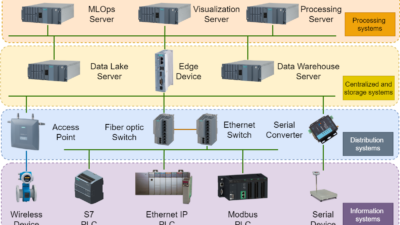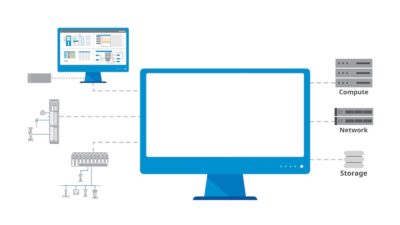How profound an impact will the coronavirus crisis have on the technology infrastructure? It's already happening with one-third of workers logging in from home.

The technology infrastructure that’s served us so well the last 75 years is a product of the crisis of World War II and its aftermath.
Isn’t that what they say? “Never let a good crisis go to waste!”
Engineers came home from the war and the interstate highway system and the automotive industry, television and radio made life in the suburbs possible.
This technology infrastructure, and the social and political consensus it supported, is aging rapidly. How profound an impact will the Coronavirus crisis have on the technology infrastructure?
“Companies will accelerate their digital transformations,” said one guest on MSNBC’s Morning Joe.
After all, who would want to invest capital in industries dependent on labor and used to single-digit profit margins, such as restaurants? How can airlines or restaurants be profitable if forced by social distancing rules to operate at 50% capacity?
Apple and Google are working together to make automated contact tracing possible. With contact tracing, our smart phones will alert us if we’ve been within six feet of contact with someone who has tested positive for the virus.
It’s estimated one-third of workers are working from home now.
In the 1990s, editors did their jobs equipped with a telephone and word processor. Today it’s a smart phone, email-equipped tablets and Zoom calls that structure their day.
All manufacturing is essential
CFE Media & Technology editors have focused coverage on the story lines of interest to the engineering communities.
More than 200 manufacturers attended a Zoom call briefing from Swagelok Co., the maker of fluid system components, that outlined steps the company is taking to continue operations amidst the Coronavirus crisis.
The briefing, which took place on April 8th, was hosted by the Manufacturing Advocacy and Growth Network (MAGNET), a consultancy that supports manufacturers in north-east Ohio.
Swagelok in recent years ran a table-top exercise to gauge the impact of a possible pandemic. Swagelok’s use of key documents to define concepts and outline policies gave guidance to the attending companies on how to get started in terms of employee self-assessments and rules for social distancing in plant environments.
Stories abound about the use of 3D printers to make protective protection equipment. It’s all good stuff but until 3D printing technology can be scaled for mass manufacturing it’s impact will be limited.
However, one recent story went further.
Beyond 3D printing
The Bird Mark 7 ventilator was first introduced in 1957 by Dr. Forrest M. Bird, an inventor and biomedical engineer best known for having created some of the first reliable mass-produced mechanical ventilators for acute and chronic cardiopulmonary care.
The Mark 7 was a long-time fixture of the 1960s hospital scene. It was a reliable, safe and effective application for patients with respiratory problems. It was manufactured well into the 1980s and can still be found in hospitals around the world.
The National Strategic Research Institute (NSRI), UC Davis and Livermore Instruments have partnered to rapidly redesign the Mark 7 to include simplified supply chain components and to mass produce a modern version that adds critical features.
David Fergenson, CEO of mass spectrometer manufacturer Livermore Instruments, Oakland, CA, said the goal is to help meet global demand for ventilators through an open-source specification for production of the updated Mark 7.
Read more about these stories and others on the Plant Engineering website and newsletters.



